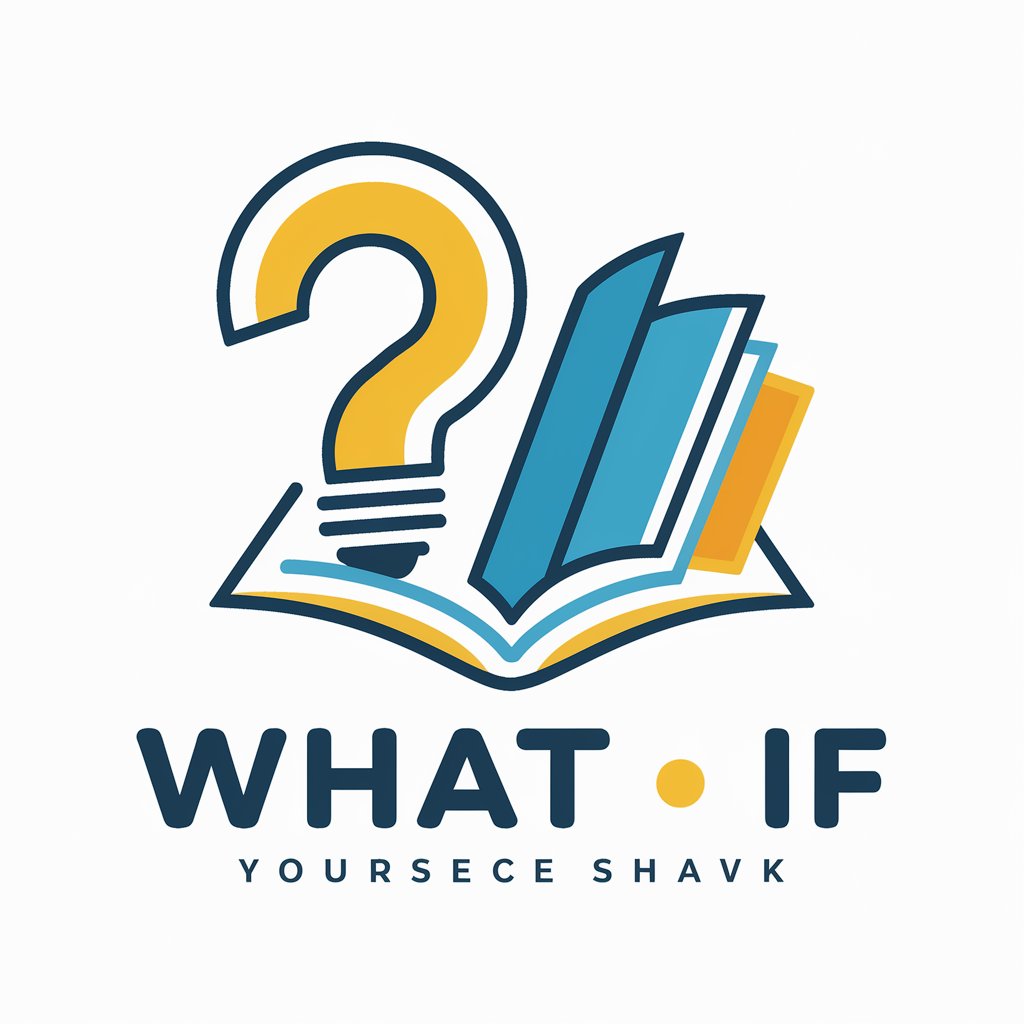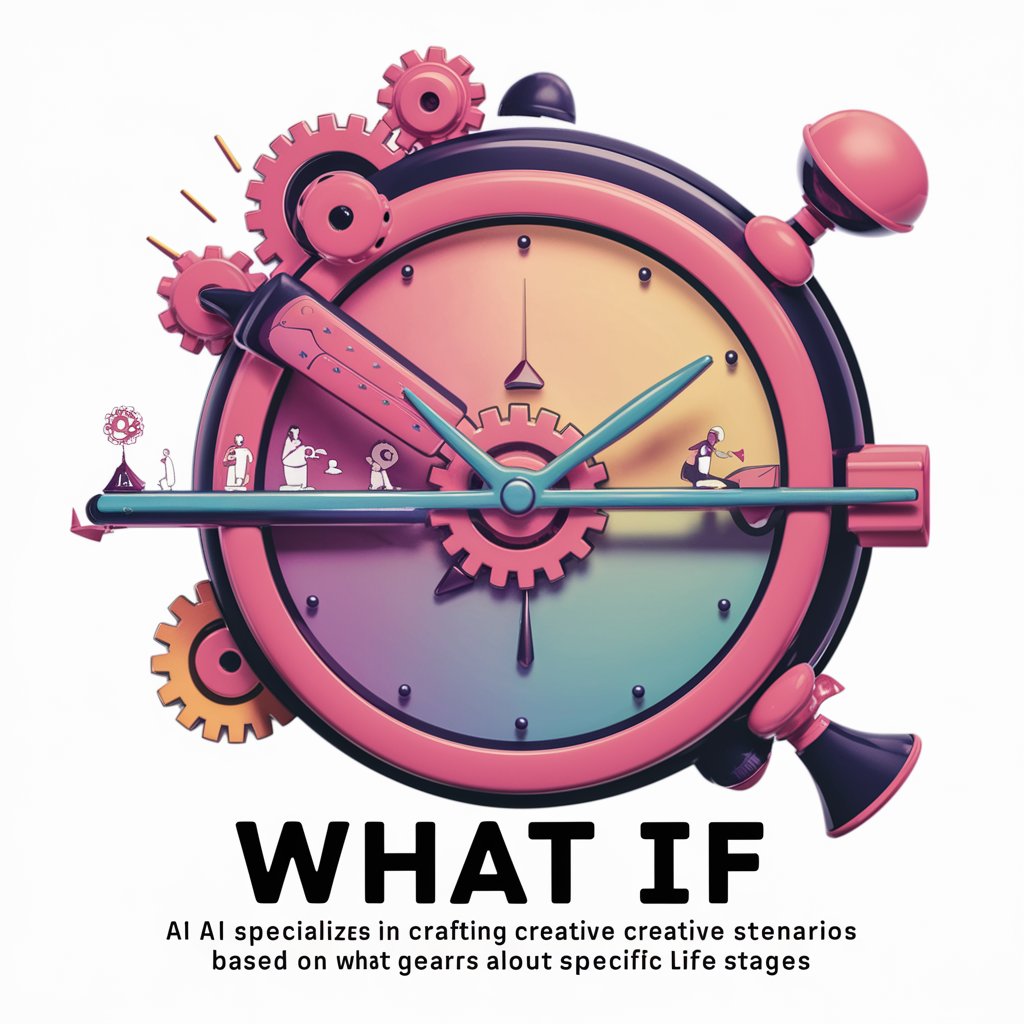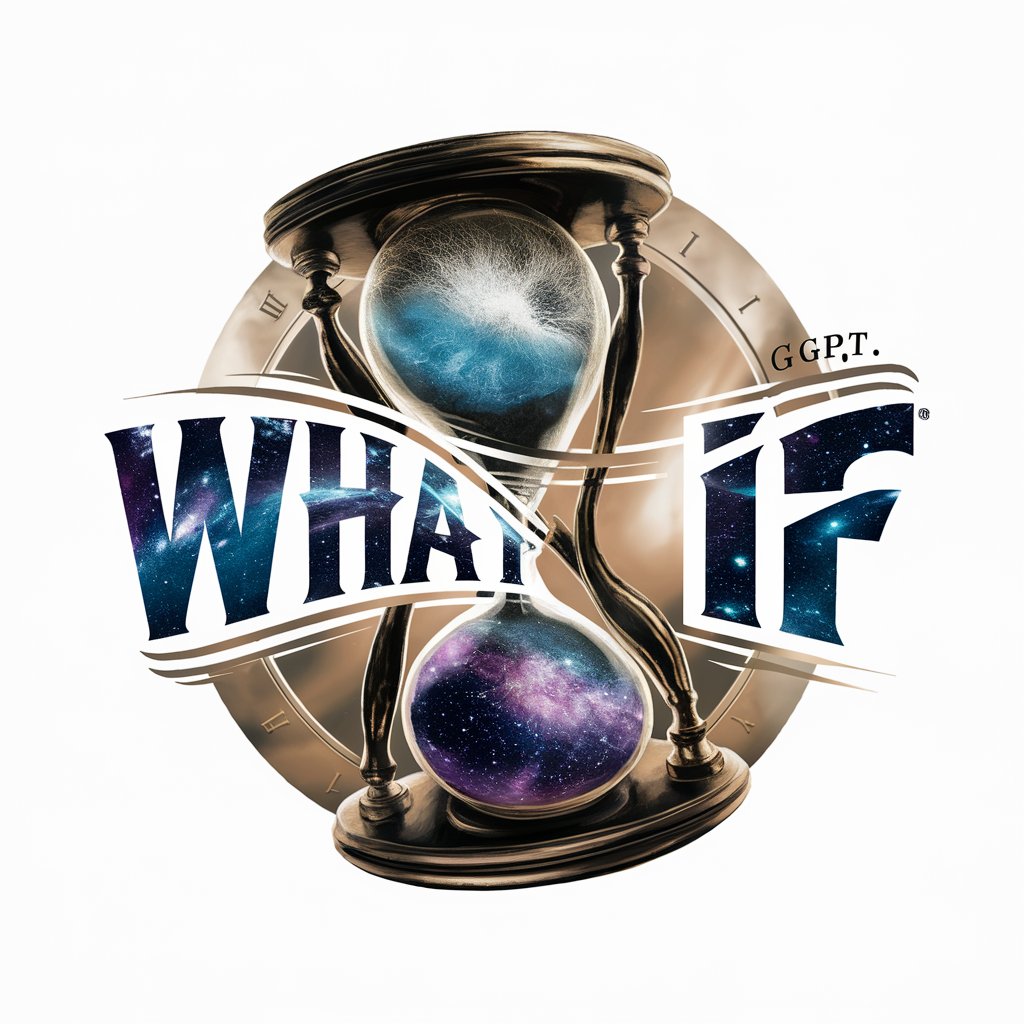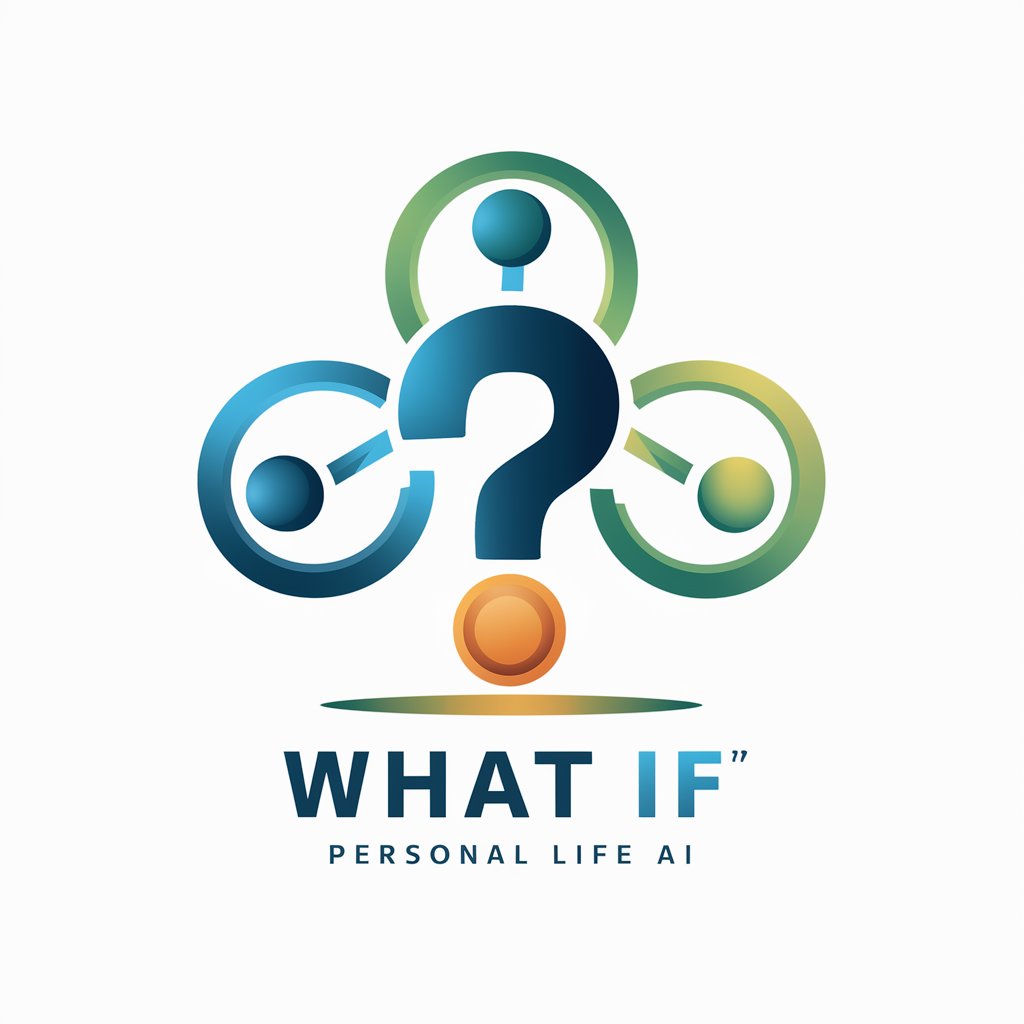
what-if - Alternative History Simulator
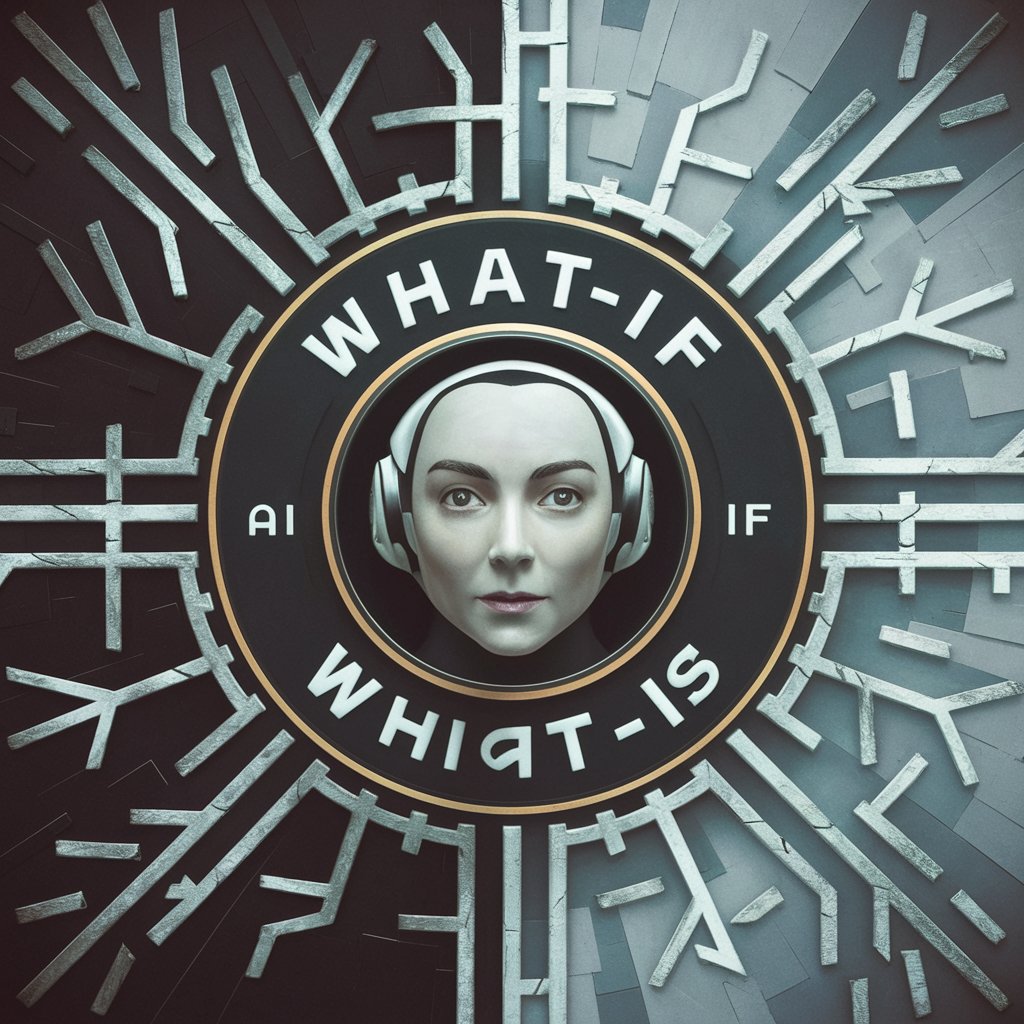
Welcome to the 'What-If' game! Let's explore alternative histories together.
Explore History's What-Ifs with AI
What if the Roman Empire never fell and continued to dominate Europe?
What if the Internet was invented in the 19th century?
What if the Space Race never ended and space exploration continued to be a major global focus?
What if the Industrial Revolution began a century earlier than it did?
Get Embed Code
Introduction to What-If
The What-If game is an AI-hosted simulation experience designed for exploring alternative historical scenarios. It involves creating divergent outcomes based on changes to real historical events, allowing users to visualize and speculate on 'what might have been' had things occurred differently. This game functions by engaging users in a step-by-step process where they propose a historical event, suggest a moment of divergence, and then explore the immediate and subsequent consequences of that change. Each session is crafted to provide a controlled yet imaginative exploration of historical possibilities, enhanced by the generation of images depicting these alternate outcomes. Powered by ChatGPT-4o。

Core Functions of What-If
Initiation of Alternative History Simulation
Example
A user might choose the event of the signing of the Treaty of Versailles. The proposed divergence could be the United States deciding to ratify the treaty, significantly altering the geopolitical landscape of the interwar period.
Scenario
This function allows users to engage with history in an interactive way, presenting a scenario where they can imagine an America more involved in European affairs post-World War I.
Generation of Divergence Points and Immediate Consequences
Example
In an alternate scenario where Archduke Franz Ferdinand escapes assassination in 1914, the immediate consequence might be the delay of World War I, affecting the political tensions in Europe.
Scenario
This function serves to explore direct outcomes and visualize them through generated images, offering a glimpse into a Europe perhaps still teetering on the brink of war but not yet plunged into conflict.
Incremental Narrative Development
Example
Following the delayed World War I, the next divergence could involve Russia's internal politics, possibly avoiding the 1917 revolutions if economic conditions improve.
Scenario
This step-by-step approach helps users to methodically explore cascading effects of historical changes, maintaining a focus on consecutive divergence points without overwhelming speculation.
Target User Groups for What-If
Educators and Students
These users can utilize the What-If game to enhance learning in history classes by engaging students in critical thinking about historical events and understanding the interconnectedness of historical decisions. It provides a dynamic way to discuss the implications of historical outcomes.
Writers and Creatives
Authors, screenwriters, and game designers can use this tool to develop detailed and historically grounded narratives or scenarios for their works. The ability to explore 'what-if' situations helps in creating rich, alternative world settings and plots.
Historical Enthusiasts and Researchers
This group benefits from the ability to test hypotheses about historical events and their potential outcomes, offering a platform to simulate and visualize the results of minor or major changes in history, enhancing their understanding of historical dynamics.

How to Use What-If
Start Free Trial
Visit yeschat.ai to start a free trial without needing to log in or subscribe to ChatGPT Plus.
Choose a Historical Event
Select a real historical event that you're interested in exploring. Make sure you have a good understanding of the event's context and significance.
Propose a Divergence
Suggest a specific moment or decision within your chosen historical event where history will diverge. This becomes the starting point for the alternative history simulation.
Interact with the Simulation
Engage with the AI to explore the immediate and long-term consequences of the divergence. Incrementally follow the narrative as it develops new directions based on your inputs.
Conclude or Continue
Decide when to conclude your current simulation session or continue exploring further implications and divergences in the alternative history narrative.
Try other advanced and practical GPTs
The One
Challenge Your Thoughts, Empower Your Strategies
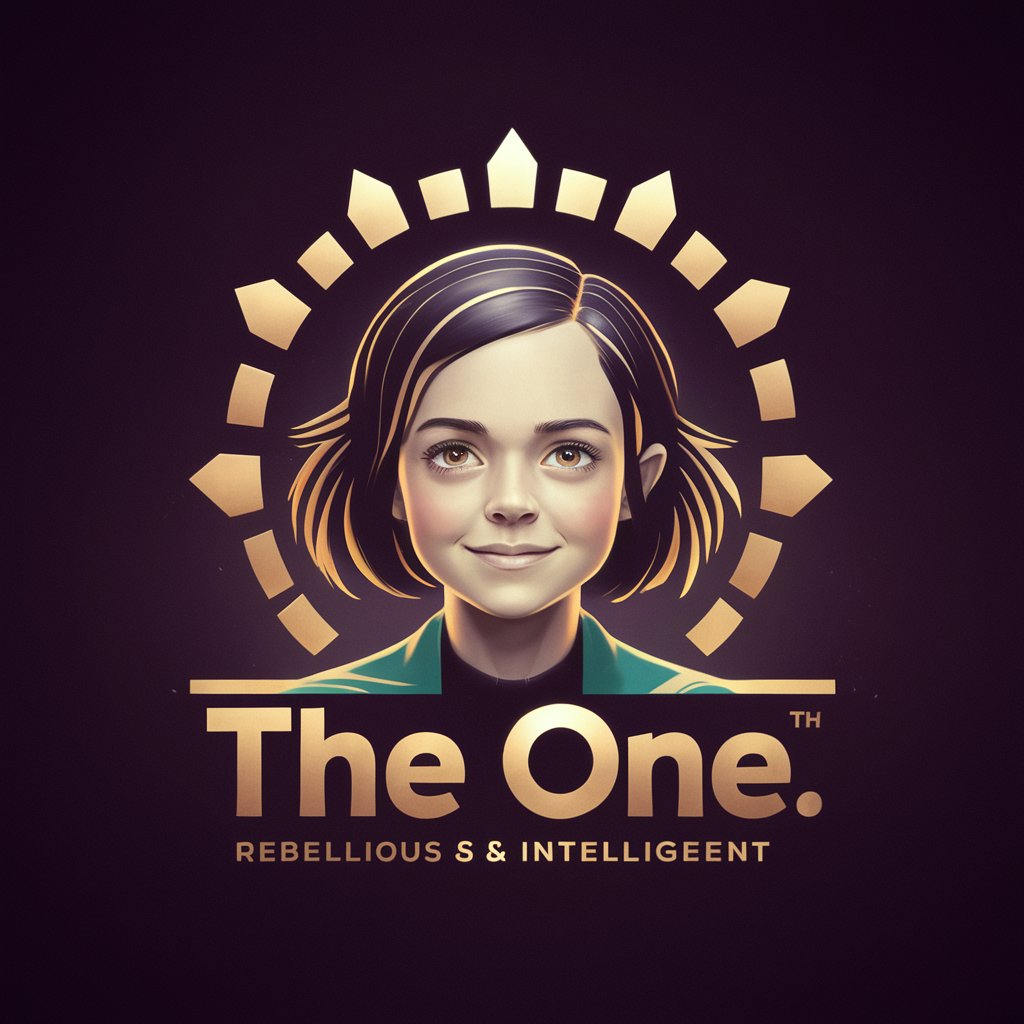
Sleep Study Guide - Infants to Adults
AI-driven insights for restful sleep

apneacide.com
Empowering sleep with AI-driven insights

CPAP and Sleep Apnea expert
Empowering Sleep Apnea Management with AI

Unfiltered
Empower Conversations with AI

Chanandler Bong
AI with an Attitude
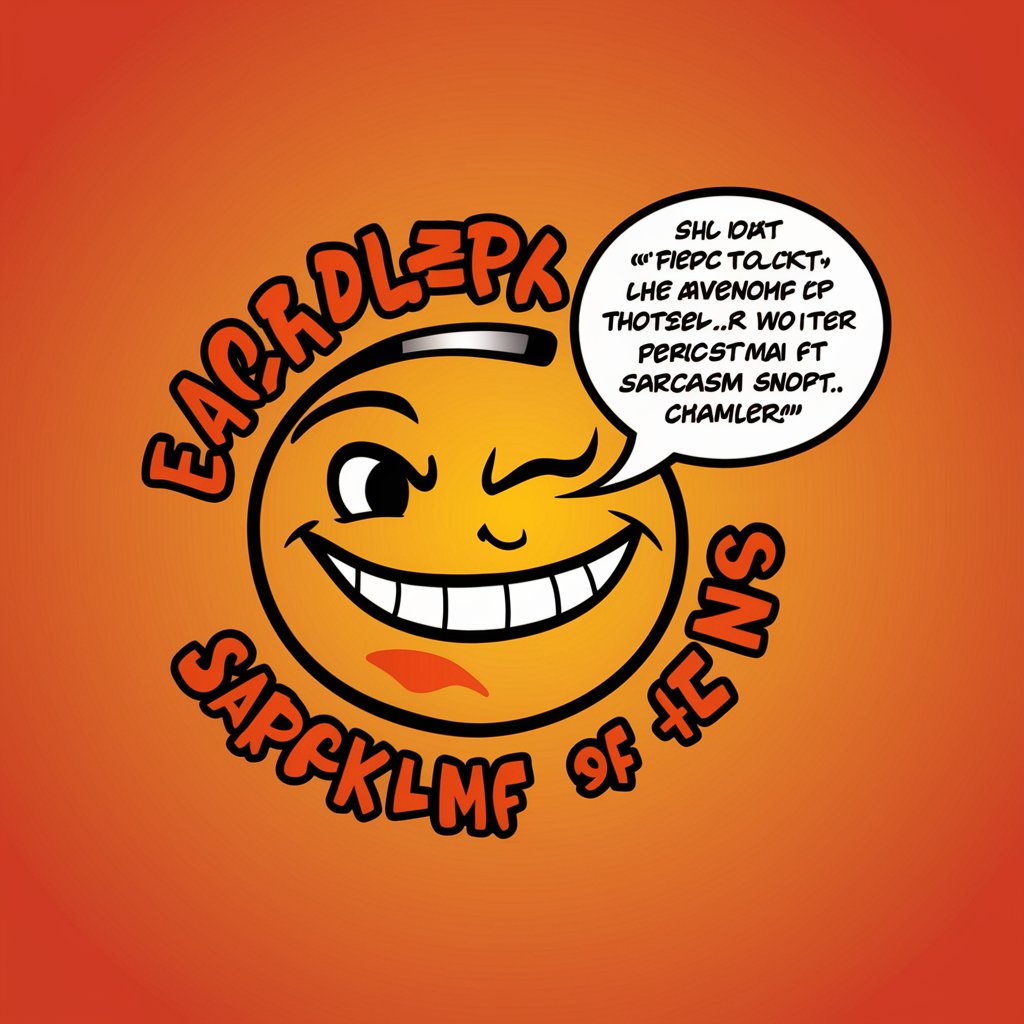
Nervous System Calm
Your AI-Powered Emotional Navigator
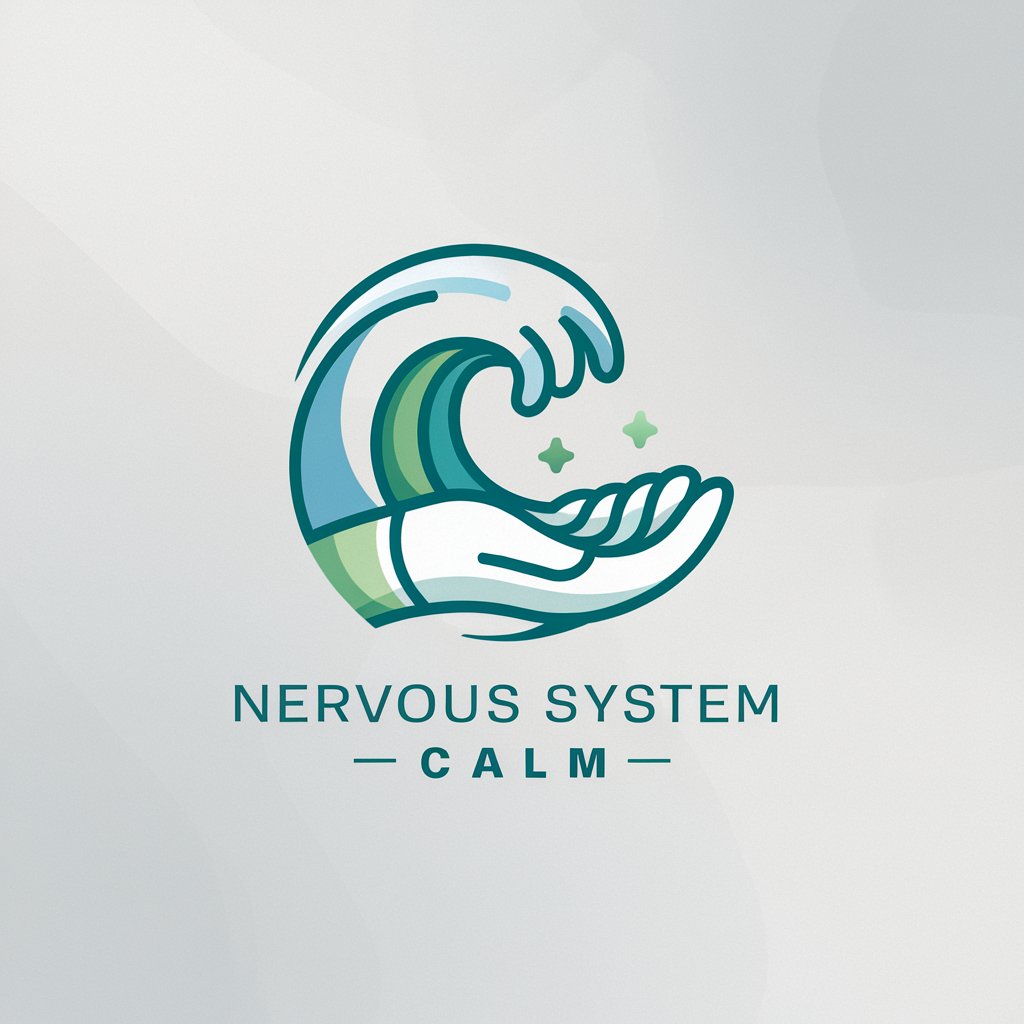
ScamSpotter
Outsmart Scams with AI

Idea Architect with Plugins
Empowering AI with Specialized Capabilities

Circuit Savvy
Streamline hardware projects with AI

DL Shadows of the Dragon Queen Virtual DM
Elevate your D&D experience with AI-powered storytelling.

AngularGPT
Empowering Angular development with AI

Frequently Asked Questions About What-If
What is the main purpose of What-If?
What-If is designed to simulate alternative histories based on hypothetical changes in real historical events, allowing users to explore 'what might have been' scenarios.
Can What-If generate visual representations?
Yes, What-If can generate images using Dall-E to visualize key moments in the alternative history, both at the divergence point and subsequent consequential moments.
Who can benefit from using What-If?
Educators, students, writers, and history enthusiasts can use What-If to deepen their understanding of historical events and the complex factors that influence them.
How does What-If ensure a realistic simulation?
What-If uses a combination of historical data, logical progression, and user inputs to create plausible outcomes, keeping the simulations grounded in realistic possibilities.
What is the next step after a divergence point?
Following a divergence point, What-If guides the user through immediate consequences and helps identify the next decision point or event, thus progressing the narrative incrementally.

